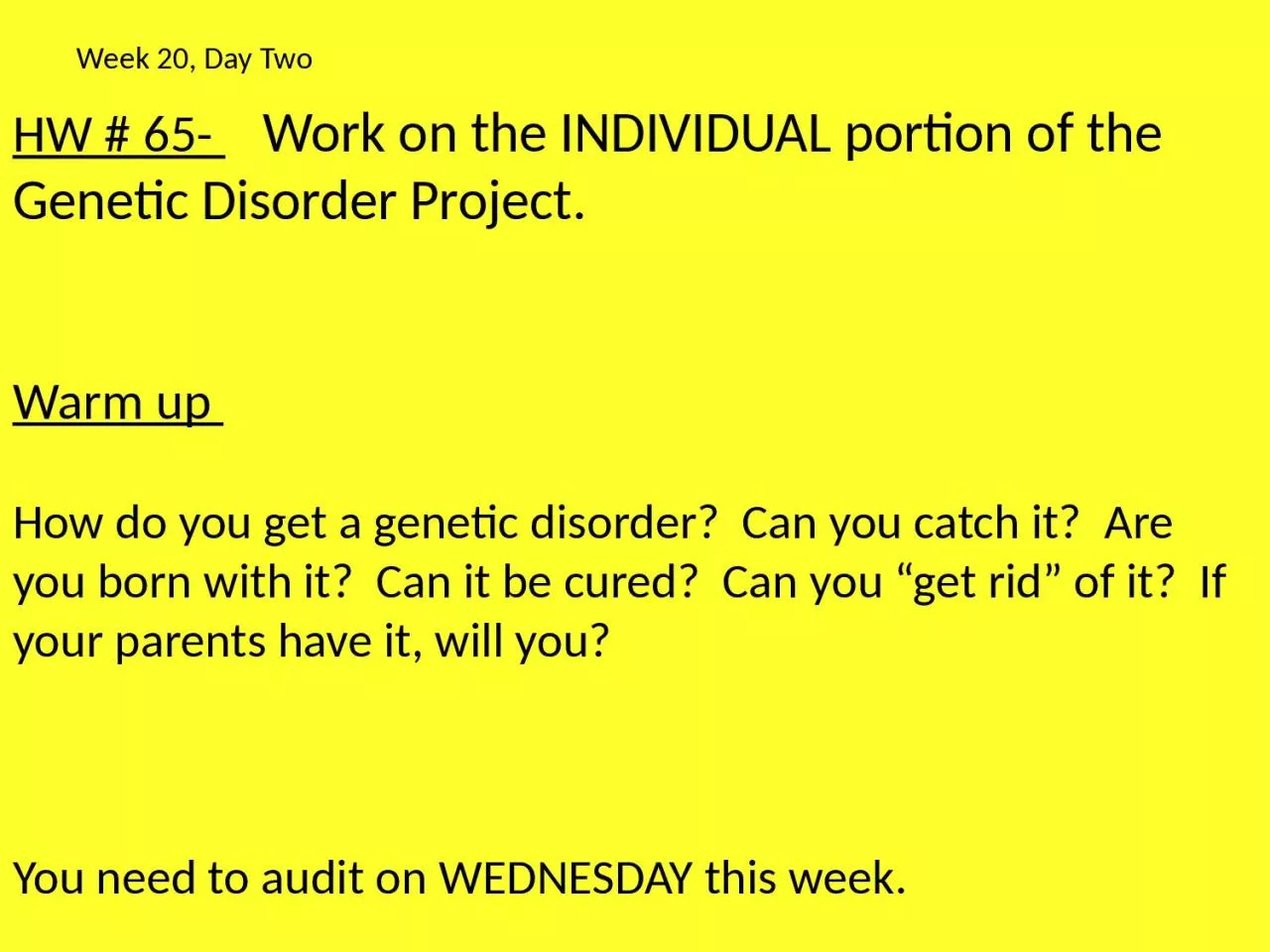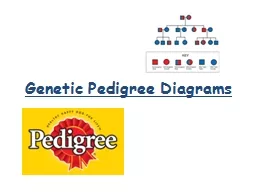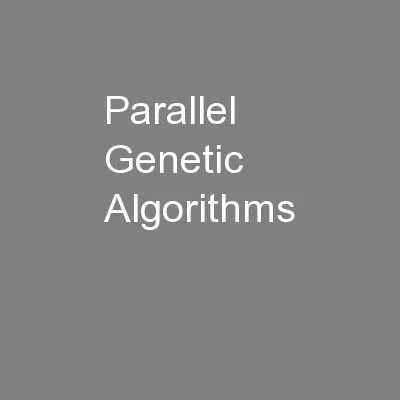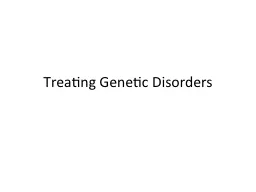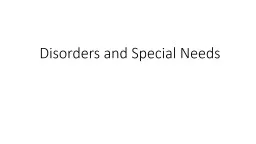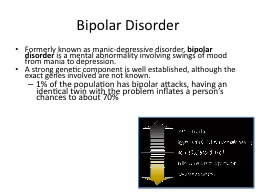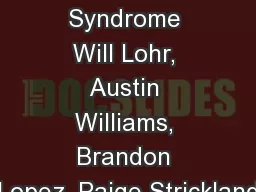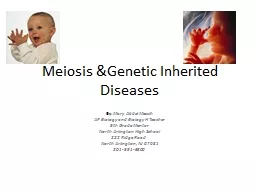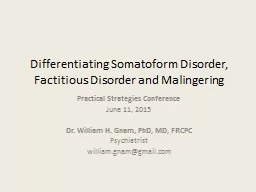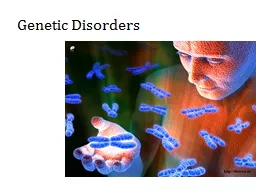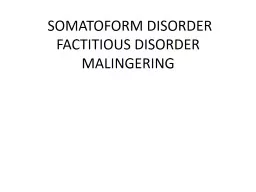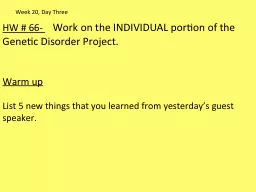PPT-HW # 65- Work on the INDIVIDUAL portion of the Genetic Disorder Project.
Author : eve | Published Date : 2024-02-03
Warm up How do you get a genetic disorder Can you catch it Are you born with it Can it be cured Can you get rid of it If your parents have it will you You need
Presentation Embed Code
Download Presentation
Download Presentation The PPT/PDF document "HW # 65- Work on the INDIVIDUAL p..." is the property of its rightful owner. Permission is granted to download and print the materials on this website for personal, non-commercial use only, and to display it on your personal computer provided you do not modify the materials and that you retain all copyright notices contained in the materials. By downloading content from our website, you accept the terms of this agreement.
HW # 65- Work on the INDIVIDUAL portion of the Genetic Disorder Project.: Transcript
Download Rules Of Document
"HW # 65- Work on the INDIVIDUAL portion of the Genetic Disorder Project."The content belongs to its owner. You may download and print it for personal use, without modification, and keep all copyright notices. By downloading, you agree to these terms.
Related Documents

